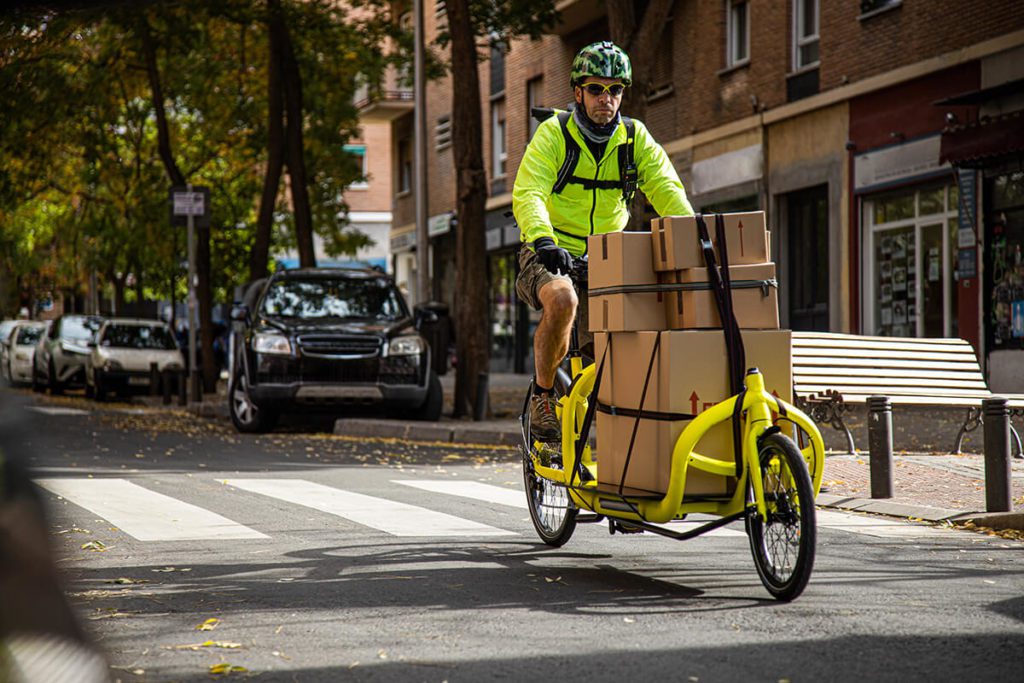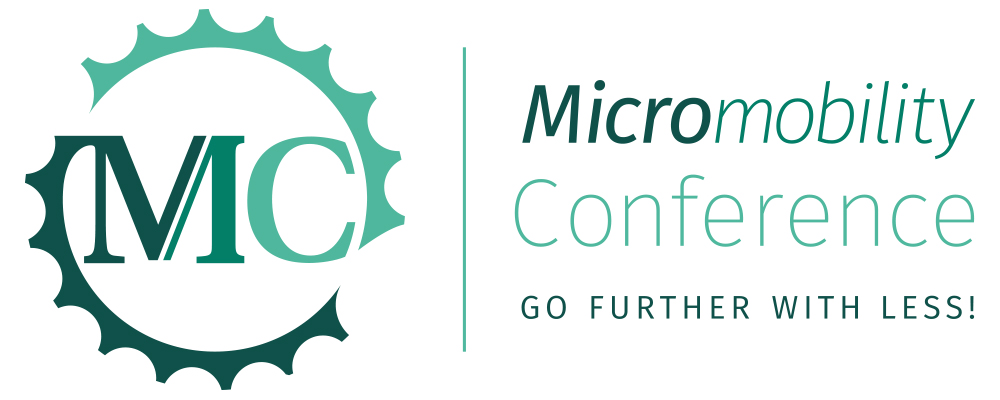
The coming transport and logistics revolution
During covid we’ve all been part of the unprecedented boom in online commerce – and we’ve all experienced delays in receiving our orders when the existing logistics system has been creaking under the strain of record volumes.
We’re not just talking about parcels, but delivery of food, both groceries and take away meals.
In particular the ‘first mile, last mile’ challenge, as it’s known globally, has become a major issue. This addresses the question of how to deliver many relatively small items over short distances, right to the customers’ doors.
Both within Australia but even more so in Europe, we’re seeing a revolution in the logistics industry, with e-cargo bikes and other lightweight e-power assisted devices being used by major logistics providers as an integral part of their fleets.
This change is not being driven by altruism, but by cold, hard economics. As densities rise and traffic and parking become tight, conventional large vehicles simply cannot match the key metrics of deliveries per hour or cost per kilometre compared to micromobility.
We’ve also seen a boom in bike and scooter share schemes, which is now being accelerated by electrification.
Making it There will also cover end of trip facilities which are a key piece of the puzzle, particularly to grow commuting.
Making it There – What
This theme will review the latest situations in both Australian and globally. It will then answer questions including, ‘What do we need to do to accelerate this already rapidly growing trend?’
You’ll hear from leading logistics operators, both from within Australia and overseas about how they’ve been using micromobility solutions, what challenges they’ve faced and what their plans are for the future.
You’ll also hear from equipment providers about what new technologies are either just being launched now or coming soon.
Making it There – Who
Making it there will be invaluable for all forms of logistics operators including parcel, grocery and take away food delivery, along with planners, transport officials from all levels of government and providers of micromobility cargo solutions.
It’s also the core session for bike and scooter share industry members and for providers of end of trip facilities.
What are micromobility cargo solutions?
Micromobility cargo solutions are a new way to move goods around cities using electric bikes, scooters, and other micromobility vehicles. They are an efficient and sustainable way to make last-mile deliveries, and they can be used by businesses of all sizes.
Micromobility cargo solutions have the potential to revolutionise urban logistics, and they are already being used by some of the world’s largest companies. Amazon, UPS, and FedEx have all tested micromobility cargo solutions in select markets, and they are starting to roll out these services to more cities.
In the future, micromobility cargo solutions will likely become the preferred method of last-mile delivery for many businesses.
Why micromobility cargo solutions matter
Micromobility cargo solutions are an important part of the future of transportation. They offer several advantages over traditional methods of transportation, including:
– they’re more efficient since they don’t require the use of large vehicles
– they’re more environmentally friendly since they produce fewer emissions
– they’re more convenient since they can be used in a variety of settings
– they’re more affordable since they’re typically less expensive to operate than traditional transportation methods
Micromobility cargo solutions are an important part of the future of transportation because they offer a number of advantages over traditional methods of transportation. They’re more efficient, environmentally friendly, convenient, and affordable.
Background
Micromobility cargo solutions have a long and storied history dating back to the early days of horse-drawn carriages. These early micromobility cargo solutions were designed to transport goods and materials over short distances, and their popularity soon began to grow.
As transportation technologies progressed, so too did cargo solutions, with the introduction of steam-powered engines and eventually electric motors.
Today, micromobility cargo solutions are essential for many urban transportation networks, providing an efficient and environmentally-friendly way to move goods around cities. With the continued growth of micromobility solutions, it is clear that their role in urban transportation will only continue to increase in the years to come.
